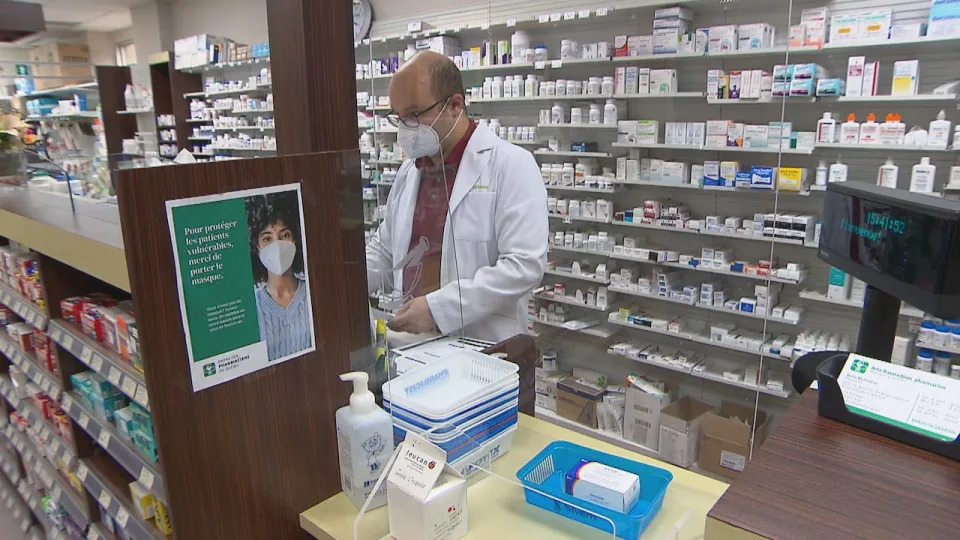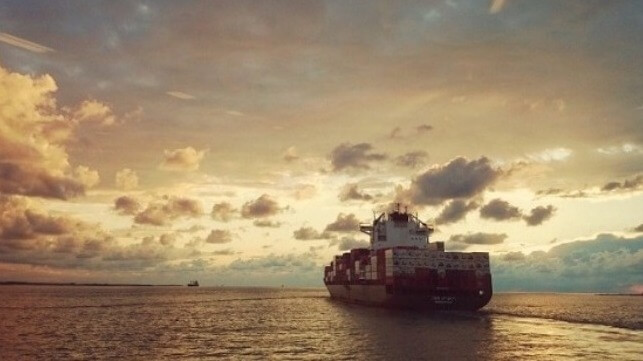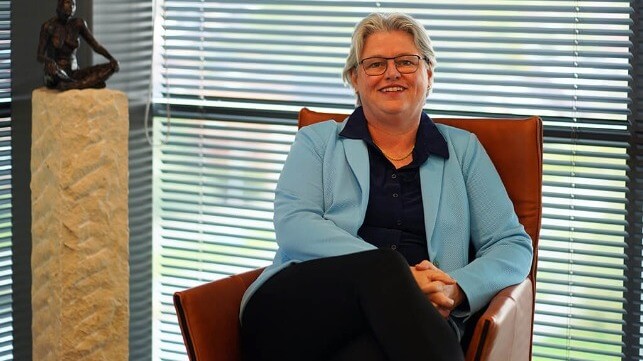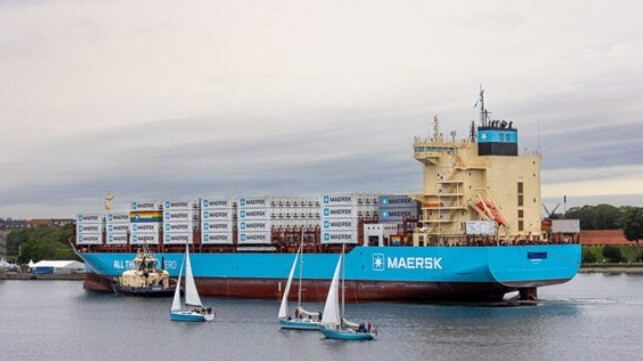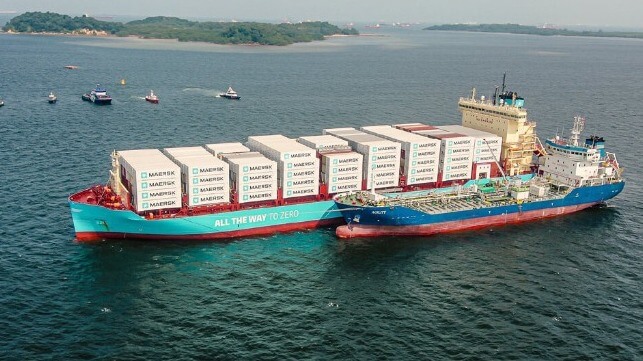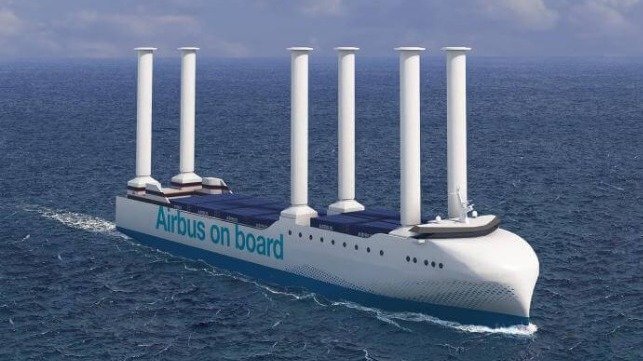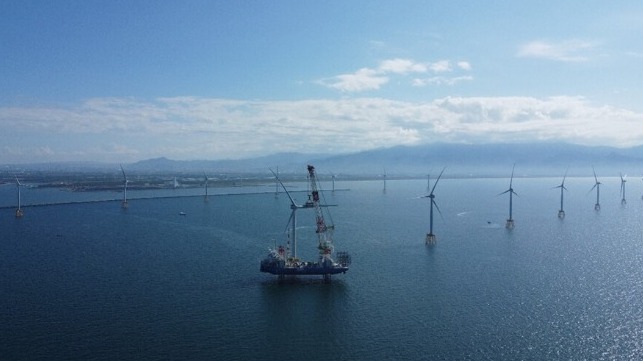In the beginning, there was sail.
Giant wooden ships plied their trade along the trade winds. This began around 3,000 BC and continued happily through the mid-1700s when the Industrial Revolution ushered in the era of steam.
Huge coal-fed furnaces heat water to boiling, creating high-pressure steam inside the boiler, which is then directed through pipes or conduits to the main cylinder of the steam engine. The steam expands and drives a piston or turns a turbine. The expanding steam is what drives the machinery connected to the engine, such as a ship's propeller. With most of its energy spent, the now low-pressure steam returns to the boiler via a condenser and the process begins again.
This entire process is known as the “Rankine cycle” after Scottish engineer William John Macquorn Rankine, whose work helped lay the foundation for the development and optimization of steam power plants, which were critical to the Industrial Revolution and the growth of modern industry.
But then everything changed again.
The Engine That Changed the Game
While steam power drove the industrial revolution and allowed for the massive expansion of sea trade, it was not without cons. Low fuel-efficiency, large size and high fuel consumption limited range and reduced cargo-carrying capacity on ships. Steam plants are also terribly inefficient at partial loads.
A better solution was needed, and the marine industry found it with the invention of the “Doxford engine” – the first marine diesel.
Developed by the British engineer and inventor William Doxford in the late 19th century, the Doxford engine was known for its reliability, efficiency and compact design, making it a preferred choice for many shipbuilders and operators.
It was a two-stroke, single-acting engine that featured innovations such as the use of an opposed piston design, which allowed for better fuel economy and reduced vibration. Doxford engines helped revolutionize the maritime industry by providing a more efficient and cost-effective means of propulsion compared to traditional steam engines.
The popularity of the engine exploded, and Doxford’s company grew to become one of the largest shipbuilders in the U.K. However, competition in the space was fierce and, despite its advantages, the Doxford engine gradually fell out of favor in the latter half of the 20th century as more modern engine designs, such as the MAN B&W engine, gained popularity. These newer engines offered higher power output and greater fuel efficiency, and the MAN B&W is one of the most widely used and recognized engines in the maritime industry today.
But there was more to come.
Dual-Fuel Engines
Modern diesel engines are incredibly efficient, yet not without their cons – primarily emissions. With international mandates aimed squarely at reducing the marine industry’s carbon footprint, there’s still need for innovation, and MAN ES delivers.
Continuing the B&W line, the company has developed the world’s first two-stroke methanol engine – the MAN B&W ME-LGIM. Specifically designed to meet the needs of the maritime industry, it’s a versatile solution suited to a wide range of vessel types. Simple handling, storage and bunkering of methanol, combined with relatively simple auxiliary systems and the potential to be carbon-neutral, make it an attractive option for meeting decarbonization targets.
In 2023, Maersk Line launched the world’s first dual-fuel, methanol-powered container vessel, powered by MAN ES. The Laura Maersk can carry 2,136 TEUs and sail up to 6,000 nautical miles on methanol, saving 100 tons of C02 per day compared to an HFO-burning vessel. The vessel’s name is not without significance: The first steamship Captain Peter Maersk Møller bought in 1886 was named Laura. It was the first vessel to wear the white, seven-pointed star on a light blue background – the symbol that eventually became the logo of A.P. Møller - Maersk.
While the Laura Maersk is the first container ship of its kind, it’s just the latest in a line of about 150 dual-fuel, methanol-powered vessels delivered since 2016. Such exponential growth shows the value of the solution and the direction the industry is moving.
Tier 4 Solutions
Engine emissions in the U.S. are regulated by the Environmental Protection Agency (EPA). The highest standard currently is Tier 4, which imposes major reductions in NOX, particulate matter (PM) and hydrocarbons (HC).
These reductions are commonly met using a selective catalytic reduction (SCR) exhaust gas treatment system. A reductant – usually a urea solution – is injected into the exhaust and funneled through a mixing chamber to a reactor containing a catalyst that enables a series of chemical reactions. While effective, the SCR after-treatment technology requires space and weight provisions for urea tanks, dosing pumps, stainless-steel piping, mixing chambers and the SCR reactors.
An alternative methodology to meet the IMO Tier III or EPA Tier 4 standards is to limit the formation of NOX in-cylinder through exhaust gas recirculation (EGR) technology. Wabtec Corporation is the first to launch a medium-speed, marine diesel engine series certified to meet stringent EPA Tier 4 and IMO Tier III emissions standards without the need for urea aftertreatment (see this edition’s “Executive Achievement” feature).
Fewer auxiliary systems and supply chain complications are two of the reasons that the Wabtec 16V250 Series Marine Diesel Engine was selected by the U.S. Maritime Administration for the five new National Security Multi-Mission Vessels (NSMVs) currently under construction. Wabtec’s design saves up to 40 percent of valuable shipboard space, provides significant maintenance and reliability cost savings and reduces operational hazards and costs associated with handling after-treatment chemicals like urea.
The ships are designed as training vessels for the U.S. maritime academies and will also be equipped to provide emergency humanitarian relief in areas affected by natural disasters such as hurricanes. They will replace the aging current fleet of training ships – still powered by steam.
Wabtec’s EPA T4/IMO III marine diesel engines are available in V (12- and 16- cylinder) and L (6- and 8- cylinder) configurations and range from 2,280 bhp to 6,300 bhp. Wabtec’s installed base is supported by a worldwide parts and service network of authorized partners.
From Training to Deployment
While alternative fuels are a recognized solution to meeting emission-reduction goals, there’s still a major hurdle to overcome: the supply chain.
It’s less of an issue for feeder vessels or those calling major ports with sufficient infrastructure but can be a major issue for vessels sailing to ports unknown for indeterminate periods of time – like those operated by the U.S. Navy.
Maintaining a mission-ready force while considering the Navy’s aggressive Climate Action 2030 goals is no small task. With a history of supporting the U.S. Navy, U.S. Coast Guard, Military Sealift Command and Canadian Coast Guard for more than 100 years, Fairbanks Morse Defense (FMD) is rising to the challenge.
A recent memorandum of understanding was signed between FMD and Oak Ridge National Laboratory (ORNL), the Department of Energy’s largest multidisciplinary laboratory, to collaborate on the development and integration of alternative fuel technologies aimed at reducing the marine engine’s reliance on fossil fuels, all while answering the question:
How to deliver solutions without compromising availability and power?
The modern fleet has huge power demands to run advanced sensor packages and weapons systems. The modern powerplant needs to meet this demand with fuel flexibility in a reliable way. This collaboration between FMD and ORNL is a giant step forward in developing a solution for this unique market where you cannot be in a situation where you’re unable to respond.
The ZEVI Competition
Across the pond, there’s another initiative taking place.
The U.K. government, in conjunction with Innovate U.K., has launched a Zero Emission Vessels and Infrastructure (ZEVI) competition to support the design and development of near-commercial, clean maritime solutions. Cummins has been chosen for one of the sponsored projects.
A total of £4.4 million in funding will be leveraged by Cummins and its fellow project stakeholders – Ocean Infinity, the Aberdeen Harbour Board and Proman AG – in the deployment of a U.K.-designed and built methanol conversion kit for a high-horsepower marine internal combustion engine, offering the U.K. an important foothold in enabling the transition to cleaner maritime fuels.
“This project, with its focus on the conversion of existing engine installations, offers a seamless transition between today and the future builds of new, cleaner technology ships,” says Molly Puga, Cummins’ Executive Director for Strategy, Product Planning & Digital. “It dismisses the need for a major vessel overhaul and creates an immediate positive impact on carbon emissions reduction in all environmental and operating conditions, ultimately helping the maritime sector meet our global climate needs.”
Retrofitting the popular Cummins QSK60 engine for dual-fuel HVO (hydrotreated vegetable oil) and methanol technology will be a big step toward developing the U.K.’s alternative fuel supply chain and easing the energy transition by modifying existing equipment.
The Third Revolution
Steam followed sail, and diesel followed steam.
Each age pushed the boundaries of the technology of the day until the next major shift needed to occur.
The third shift is happening right now, driven by climate change and the demand to work cleaner while maintaining and even improving efficiency.
Alternative fuels, smarter technology and scalable solutions are all required to meet these demands. Fortunately, through collaboration and cooperation, the global maritime industry is rising to the challenge and poised to propel us into the future.
Master mariner Sean Hogue is a regular contributor to the magazine.
The opinions expressed herein are the author's and not necessarily those of The Maritime Executive.


